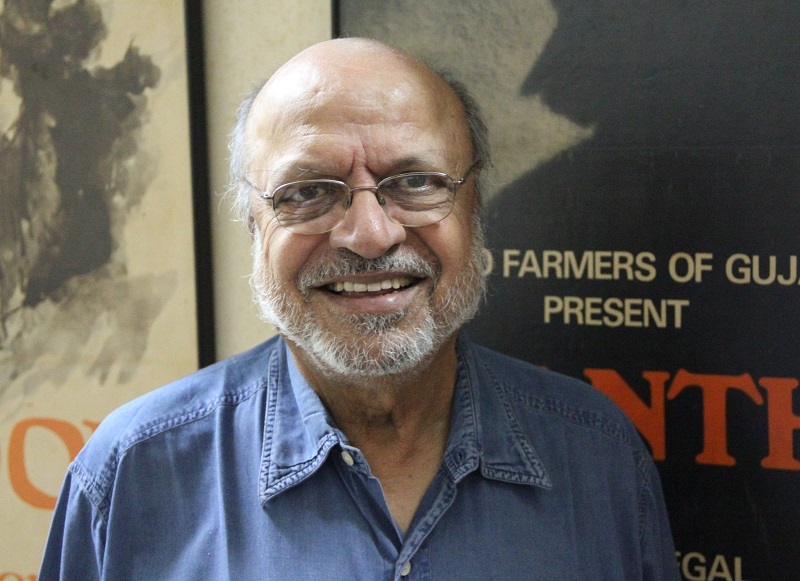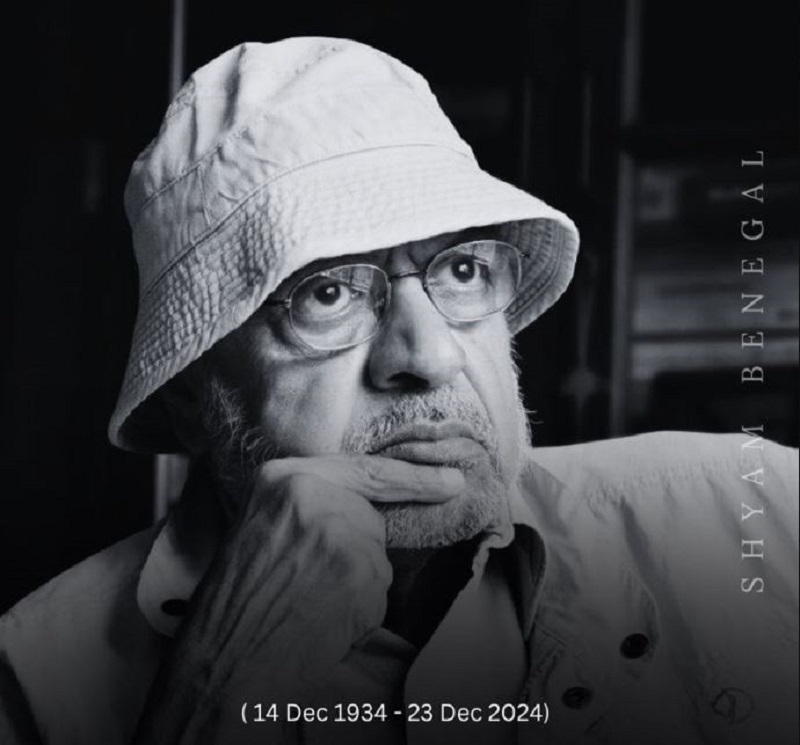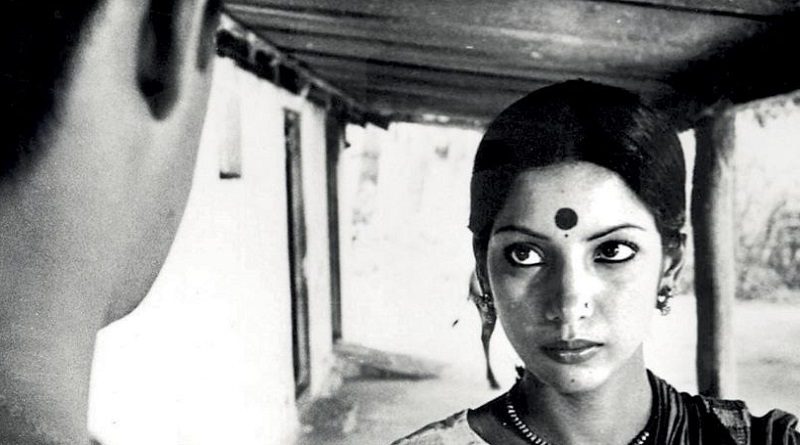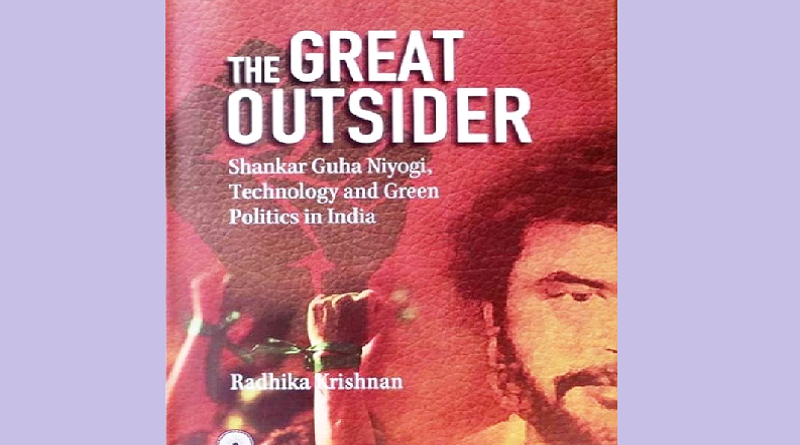Shyam Benegal made a path breaking contribution ushering a new dawn of parallel cinema in India
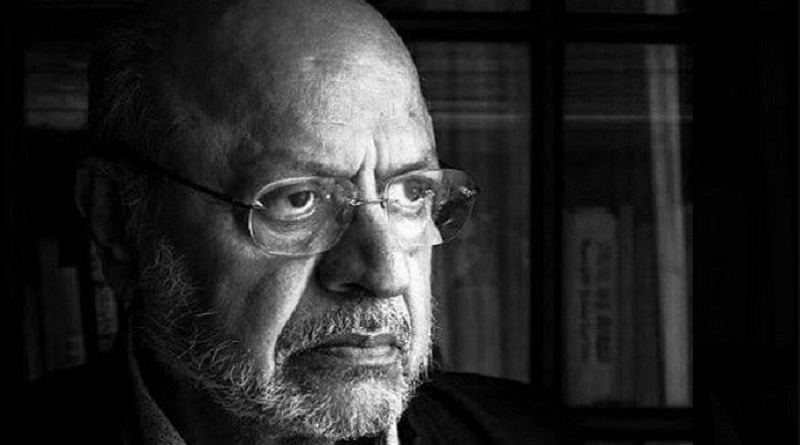
By Harsh Thakor
Shyam Benegal, who christened a new era in Hindi cinema with the ‘parallel movement’ in the 1970s and 1980s, died on Monday, December 23, after battling chronic kidney disease. He was 90.
The filmmaker, died at Mumbai’s Wockhardt Hospital, where he was admitted in the Intensive Care Unit (ICU). suffering from chronic kidney disease for several years, that had aggravated … He is survived by his daughter and wife, Nira Benegal.
Shyam Benegal ranks amongst the pioneers of the art movement in Hindi cinema. Few directors explored such realms in manifesting feudal or social oppression or displayed mastery at such a scale in exploring characters. Social reality was concurrent theme in movies of Benegal, who was a product of the mass uprisings of the people. Khalid Mohammad produced documentary ‘The Master: Shyam Benegal,’ intended to pay a tribute to Benegal’s greatness.
Formative Years
Born in Tirumalagiri, now in Telangana, Benegal grew amidst the background of cinema around him. His father was a still photographer who also made short films. He was also a second cousin of film legend Guru Dutt. Benegal did his masters in economics from Hyderabad’s Osmania University. The young Benegal soon moved to Mumbai looking for work and initially thought about assisting Guru Dutt but gave up on that as he had his own ideas.
Next, he took up a job as copywriter at an advertising agency. After a while, his agency shifted him to the film department noting his potential towards the medium where he began making ad films until becoming a full-time filmmaker. He then made documentaries for the Films Division of India before lighting the first spark of his feature film debut with Ankur.
In the late 1940s Shyam Benegal as a college student in Hyderabad, was a close observer of the Telangana peasant uprising against the oppressive feudal lords. Many of his friends who supported the movement languished in jail, an event that shaped ideological structure of Benegal’s Ankur (1974), Nishant (1975) and Manthan (1976), which comprised a trilogy. all navigating the transition taking place from the feudal systems that prevailed and continue to do so.
- Ankur movie: On 50th anniversary Shyam Benegal’s realistic depiction of Indian feudal society that exists till date
- Black Panther leader Fred Hampton who dramatically turned course of history, On 75th birth anniversary
Character of Films of Benegal
At a time when Hrishikesh Mukherjee and Manmohan Desai were lighting the silver screen with romances and comedies, Benegal invoked brand of social realism into cinema, illustrating the caste and class defects that were beginning to penetrate and plague the very roots of Indian society.
His filmmaking drew inspirations from Satyajit Ray and Vittorio de Sica, but the creations were entirely his own making.
Benegal ‘s career was characterised with high versatility ranging from the dark echelons of tragedy ,to the most hilarious films.
Benegal’s films, till his very last explore how power structures triggered the abuse of those marginalised on basis of their class, caste, religion and gender.
In his, almost seven-decade career, Benegal navigated diverse arenas diverse mediums, and diverse issues, ranging from rural distress and feminist concerns to satires and biopics.
Benegal’s filmmaking was based on class and caste struggles, feminist concerns, rural distress and community dynamics.
Benegal disliked the term “middle cinema” used to characterise his films and preferred that his work be labelled “new or alternate cinema”. “I don’t remember who said this: ‘Every social act of yours is also a political act whether you like it or not’,” he told PTI in 2022. “One has to be as objective as possible and the second point is to be sympathetic. If you are not objective, you are already colouring the story with your subjectivity. Sympathy is necessary. When I say sympathy, I mean empathy so you can be one with the subject,” Benegal said.
Films

To me his best films were Ankur, Mandi, Nishant, Bhumika and Manthan.
Benegal’s debut film Ankur, (1974) manifests the intertwining of caste, class and gender in both rural and urban settings and the subversions to the power equations. Revolving around the central conflict of a village landlord’s son’s affair with a Dalit woman, the social drama portrayed the plaguing of casteism, uneven balance of power and perils of alcoholism.
Nishant (1975) navigates the deepest layers in illustrating the inherent trappings of feudalism within the machinery of an oppressive social order which strip people of their dignity and most poignantly projects harsh realities of an unjust society, which pervade even today. A bold critique of feudal oppression, Nishant explores the abuse of power and the spontaneous revolt. Based on the screenplay by popular playwright Vijay Tendulkar, the movie was an illustrative exploration of feudalism in Telangana. Starring Girish Karnad, Shabana Azmi, Amrish Puri and Anant Nag, the movie held a mirror up to the sexual exploitation of women and the abuse of power by the rural elite.
Manthan (1976) revolves around a young veterinary doctor, who inspired poor villagers being exploited to take control of the dairy products they were selling, which generates a huge national movement.
Soul searching to witness the transformation in thought process of the Harijans to integrate with the cooperatives who at first paid a blind eye and lucid illustration of the psyche of Indian villagers and oppressive machinations of the village hierarchy.
Set against the backdrop of White Revolution of India, the movie showcases a set of poor farmers from Gujarat and their indomitable spirit. The film chronicles the blossoming of cooperative dairy farming. which nurtured grassroots empowerment.
Bhumika (1977) is based on the life of an actress who wishes to carve out her independent path but is still exploited by various men at different junctures of her life, presenting a depressing portrayal of the dominance of male abuse inspite of the financial independence and public success of a woman.
It explores a woman’s pursuit for identity torn in the entanglement of conflicting demands of fame, love, and independence. A compelling profile of a woman filmstar and the ebb and flow of her often-exploitative relationships, An adaptation of the life of Hansa Wadkar, the famous Marathi stage and screen actor.
Mandi (1983) nullifies prejudices against sex workers and normalises the concept of sex work as any other work without portraying the women either as victims of exploitation, or as ‘prostitutes with hearts of gold,’ Mandi projects them as characters with agency that arbitrarily choose and enjoy the work they do while labelling self-serving NGO workers and politicians.
Narrating a tale of a brothel located in the centre of a city, Benegal produces a grimly satirical exploration of societal hypocrisy and a bold revolt against societal norms.
Other notable films of Benegal were Kalyug, (1981) a modern-day adaptation of the epic Mahabarata. dealing with the inevitable war between two business families; trilogy of Manmo, (1994), Sardari Begum (1996) and Zubeida.(2008), Well done Abba, (2010) a hilarious drama set against a rural backdrop. and Welcome to Sajnapur,(2008) another hilarious drama.
Mammo was based on the Babri Masjid demolition, the Bombay blasts and the subsequent communal riots that broke out. Set in background amidst days after Partition, Mammo depicted a Muslim family without portraying them as either victims or villains but just as ordinary citizens dealing with life post-partition. One of the most realistic and grounded narratives of the alienation and victimisation of Muslims.
Kalyug was a scathing attack on mushrooming capitalism.
Set in background amidst days after Partition, Mammo depicted a Muslim family without portraying them as either victims or villains but just as ordinary citizens dealing with life post-partition. One of the most realistic and grounded narratives of the alienation and victimisation of Muslims.
(Harsh Thakor is a freelance journalist. Thanks information from Samrath Goyal in Hindustan Times, Frontline and the Hindu.)
Do read also:-
- घोड़े को जलेबी खिलाती और दर्शकों को Reality Trip कराती फ़िल्म
- ‘द फ़ैक्ट्री’ फ़िल्म दिखाती है, श्रम क़ानूनों को कांग्रेस ने रद्दी बना दिया था, बीजेपी ने उसे बस जामा पहनाया है
- Class Character of a Hindu Rashtra- An analysis
- Gig Workers – Everywhere, from India to America, from delivery boys to University teachers
- May Day Special: Working masses of England continue to carry the spirit of May Day through the Year
- एक ज़रूरी फिल्म: ग्रेप्स ऑफ़ राथ, मंदी में अमेरिकी मजदूरों के संघर्ष की दिलचस्प कहानी
- ‘मृत्यु-कथा’- बस्तर, दांतेवाड़ा, अबूझमाड़ में आदिवादी संघर्ष की सच्चाई बयां करती किताब
Subscribe to support Workers Unity – Click Here
(Workers can follow Unity’s Facebook, Twitter and YouTube. Click here to subscribe to the Telegram channel. Download the app for easy and direct reading on mobile.)


